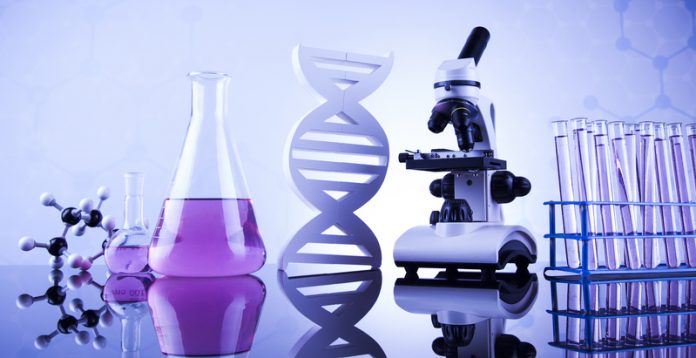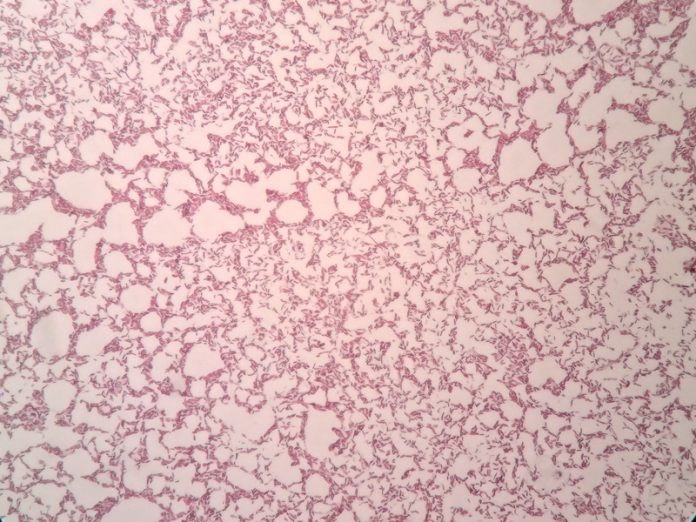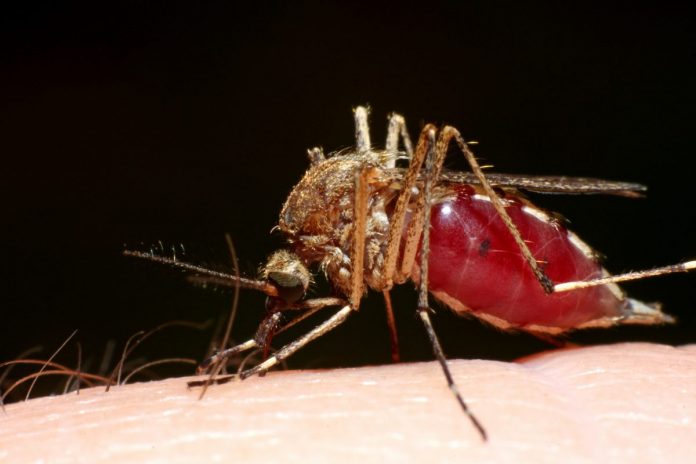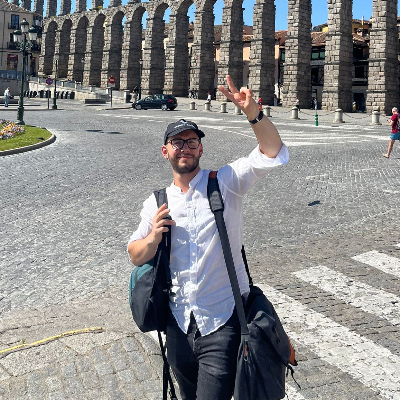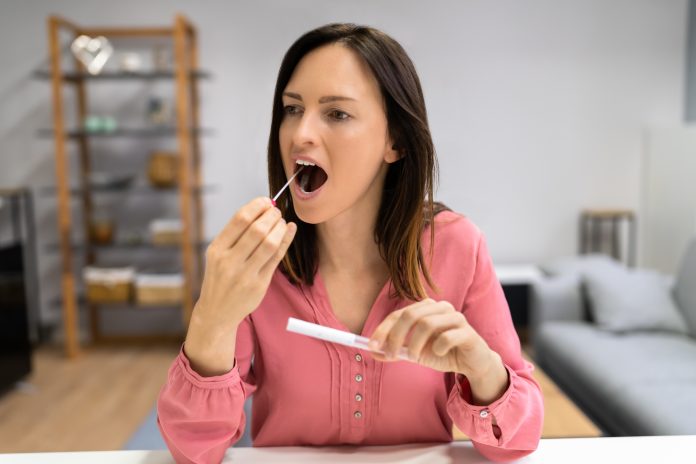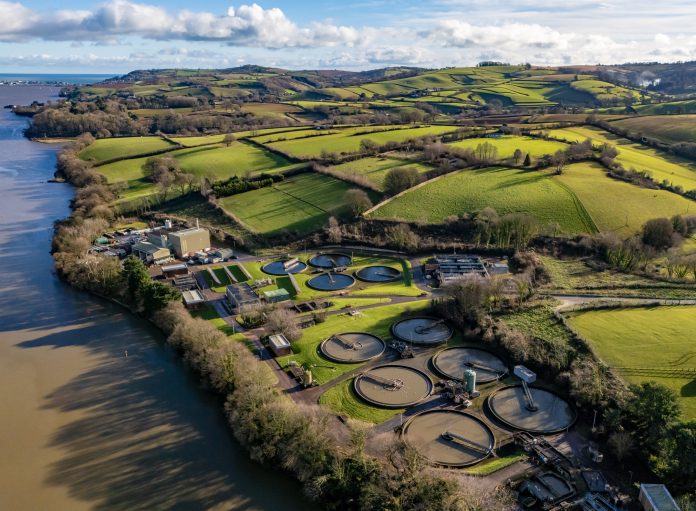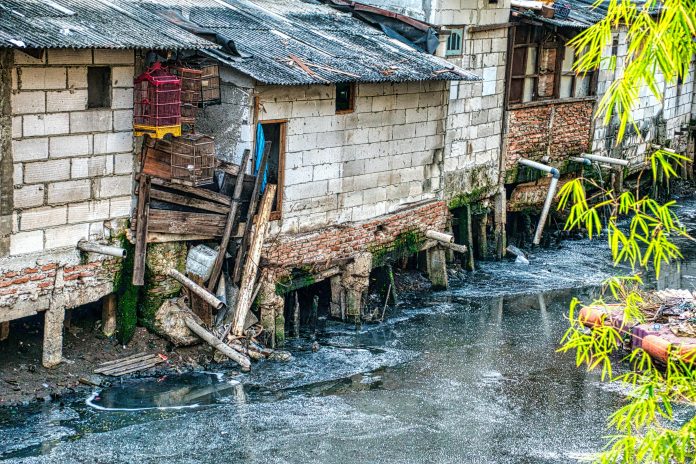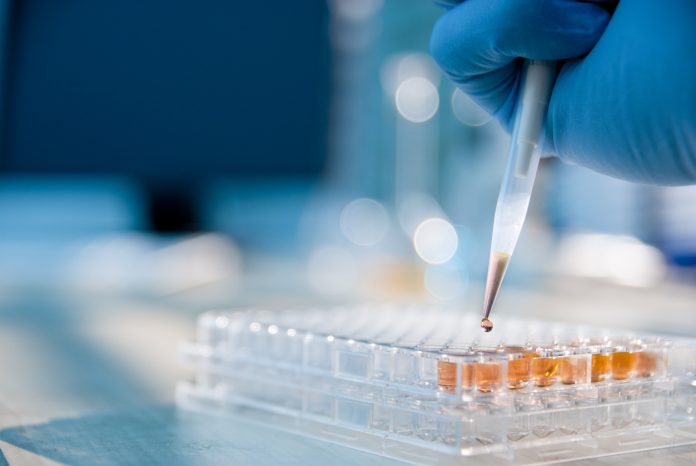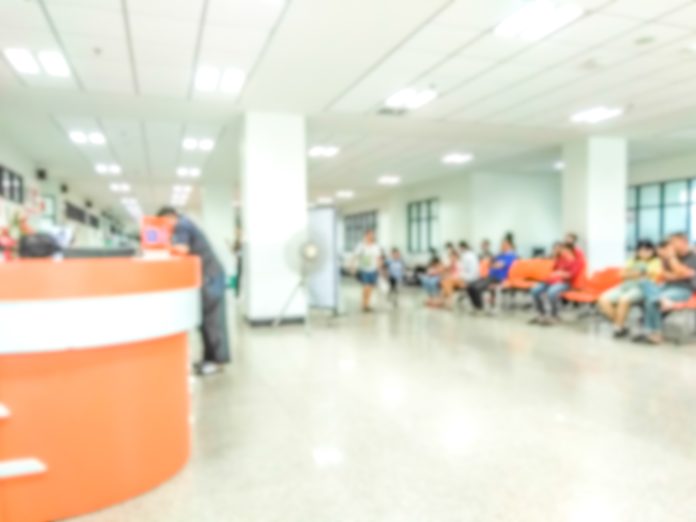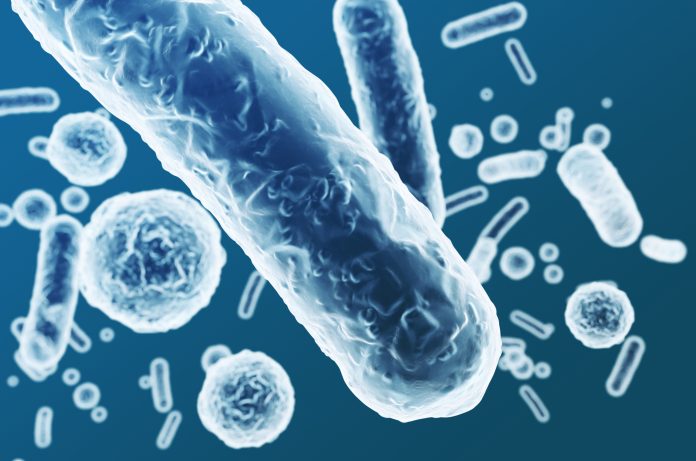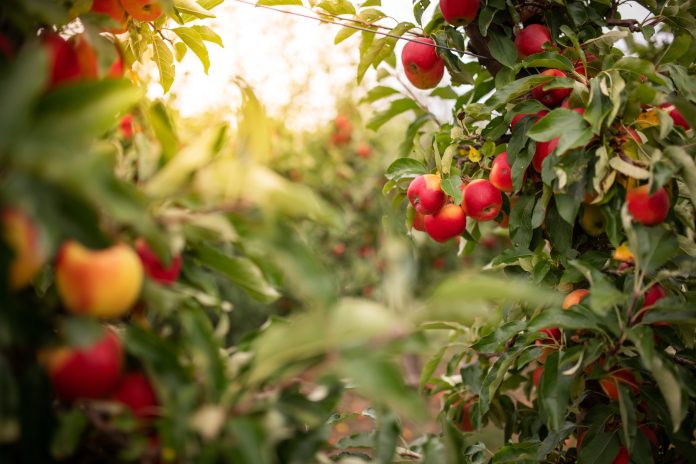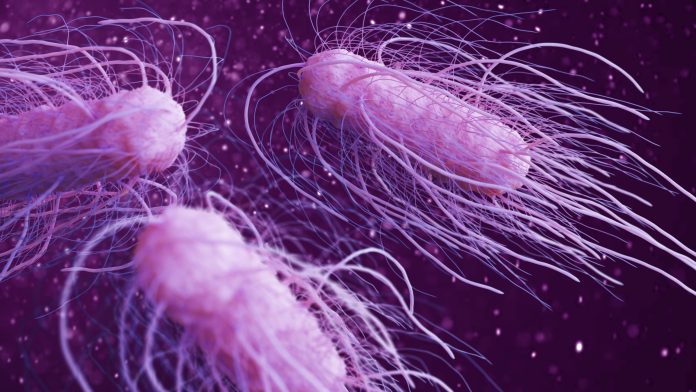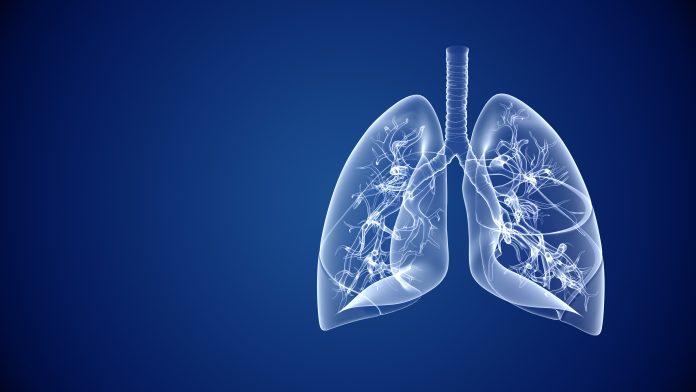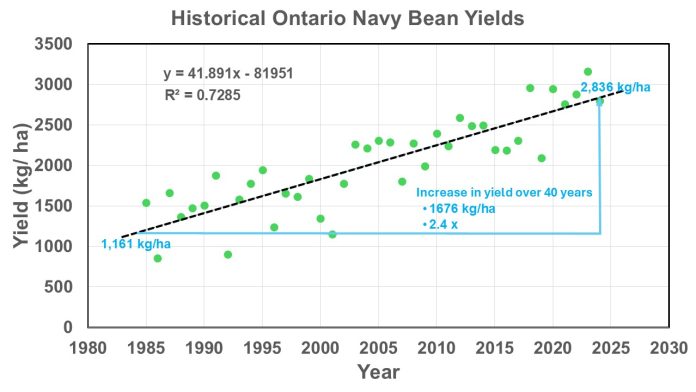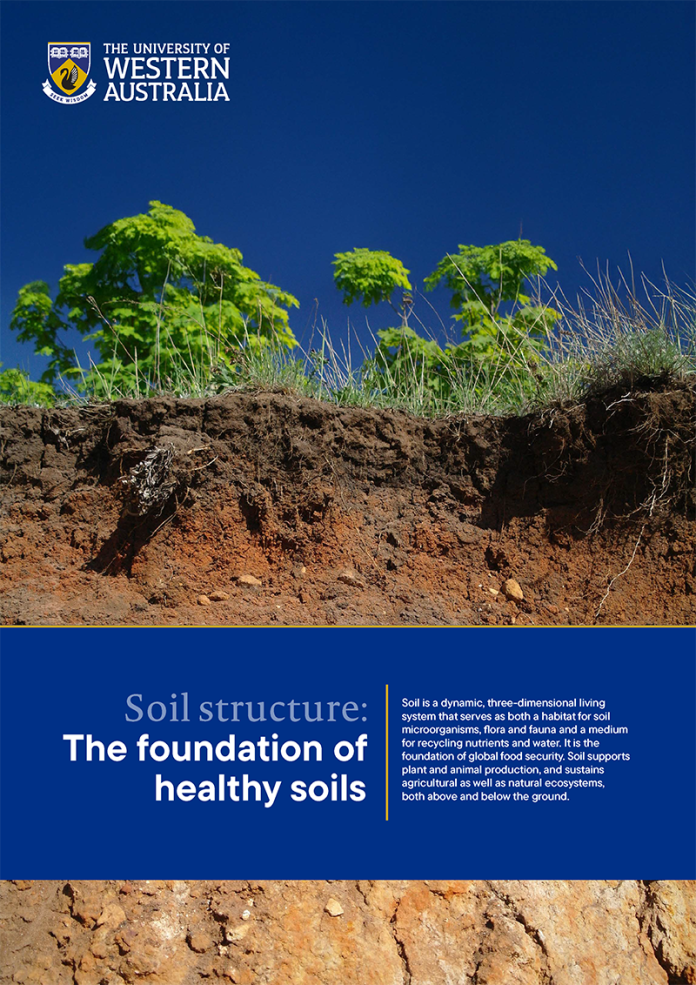Open Access Government produces compelling and informative news, publications, eBooks, and academic research articles for the public and private sector looking at health, diseases & conditions, workplace, research & innovation, digital transformation, government policy, environment, agriculture, energy, transport and more.
Home Search
Bacteria - search results
If you're not happy with the results, please do another search
Antibacterial bioactive glass for bone reconstruction: A new approach to infection treatment
Nina Lindfors, Director of Teaching and Research at Helsinki University Hospital, illuminates us about a new approach to infection treatment that concerns an antibacterial bioactive glass for bone reconstruction.
Chemistry: The growing body of work on signaling within bacterial communities
Emily Weinert, Assistant Professor of Chemistry at Emory University discusses an aspect of chemistry that concerns the growing body of work on the human microbiome
Bacterial Cell Biology
Prof. Dr Marc Bramkamp explains how the latest science allow for increased understanding of the subcellular organisation of a bacterial cell
Scientists harness bacteria that converts solar energy into renewable fuel
Scientists have created a 'cyborg' bacteria covered in semiconductors that can change the sun's energy, CO2, and water into a new renewable fuel source
Chemistry helps the fight against bacterial infections
Developing new antibiotics to tackle bacterial infections such as E.coli and MRSA is an important task. Open Access Government highlights how vital this is and how chemistry plays a role in the development
Chemistry plays an important role in everyday life and the world round us, including our food and drink,...
Gut bacteria can fight against malaria
Researchers have discovered that friendly bacteria that lives in the human gut can trigger a natural immune response to fight against malaria.
Sugary proteins that live on the surface of some healthy gut bacteria have been found to trigger an immune response against the malaria parasite.
The research, which was published...
Fernando Muniesa-Merino – Universidad de Alcalá
Environmental and industrial biotechnologist. I started to study purple phototrophic bacteria and microbial electrochemical technologies in 2018. Nowadays I am focused on the development of bioreactors as biorefineries.
At-home test offers lab-grade accuracy for covid, cancer, and more
UC Berkeley scientists unveil a powerful new at-home test using nanotech and AI to detect diseases like COVID-19 and cancer with unprecedented sensitivity.
EU4Health supports the initiative to monitor pathogens and pollutants in wastewater
The European Health and Digital Executive Agency (HaDEA) has launched a new initiative under the EU4Health programme to improve the early detection of health threats through enhanced wastewater monitoring.
Water pollution in the textile industry: An urgent call for sustainable innovation
For business leaders and scientific professionals, addressing water pollution is crucial for the environment, economy, regulatory compliance, and public reputation. Victor Durand at Ever Dye highlights this issue in the textile industry and urgently calls for sustainable innovation.
The critical role of infection tolerance
Drawing on his research in understanding factors impacting infection tolerance, Brian P. Lazzaro, Liberty Hyde Bailey Professor at Cornell University, discusses the importance of tolerance to minor infections, highlighting that while active immune responses are crucial for pathogen defense, tolerance can often lead to better health outcomes.
Predictive models for the food industry
Gry Carl Terrell from the Danish Meat Research Institute introduces a valuable tool to maximise shelf life and ensure food safety.
NPA analysis finds over 6 million hours spent in A&E on cases treatable by...
A new report by the National Pharmacy Association reveals that patients spent over 6 million hours in A&E last year for minor health issues that could have been managed by community pharmacies, highlighting an opportunity to ease pressure on emergency services.
The microbiome in early life: Setting the stage for optimal early life health in...
Researchers at the University of South Florida Microbiomes Institute are exploring exciting new areas in microbiome research; here, they discuss the essential role that the microbiome plays in early life health.
A soil health initiative for revegetation and orchards
Lynette Abbott from The University of Western Australia highlights an innovative soil health initiative for revegetation and orchards.
Using machine learning to predict the severity of salmonella infection
David Ussery, a Professor in the Department of BioMedical Informatics at UAMS, and his student, Aakash Bhattacharyya, discuss using Machine Learning methods to predict the pathogenicity of a bacterial infection based on genome sequencing.
Antibiotics in tuberculosis treatment: Impacts on the respiratory microbiome and the role of optimal...
The respiratory microbiome plays a crucial role in maintaining immune regulation. In this article, Dr Wilber Sabiiti emphasizes the need for optimized antibiotic dosing strategies to minimize harmful effects on the microbiome and improve treatment outcomes for patients with TB.
Bean breeding at the University of Guelph: Past and present
Examine bean breeding at the University of Guelph, both past and present, conducted by its Department of Plant Agriculture.
Unleashing the potential of biology in mining and enhanced rock weathering by bridging the...
Martin Van Den Berghe, CEO of Cytochrome, along with Jayme Feyhl-Buska and Paul Reginato of Homeworld Collective, explore the potential of biology in mining and enhanced rock weathering by bridging the gap between academia and industry.
Soil structure: The foundation of healthy soils
Soil is a dynamic, three-dimensional living system that serves as both a habitat for soil microorganisms, flora and fauna and a medium for recycling nutrients and water. It is the foundation of global food security. Soil supports plant and animal production, and sustains agricultural as well as natural ecosystems, both above and below the ground.


